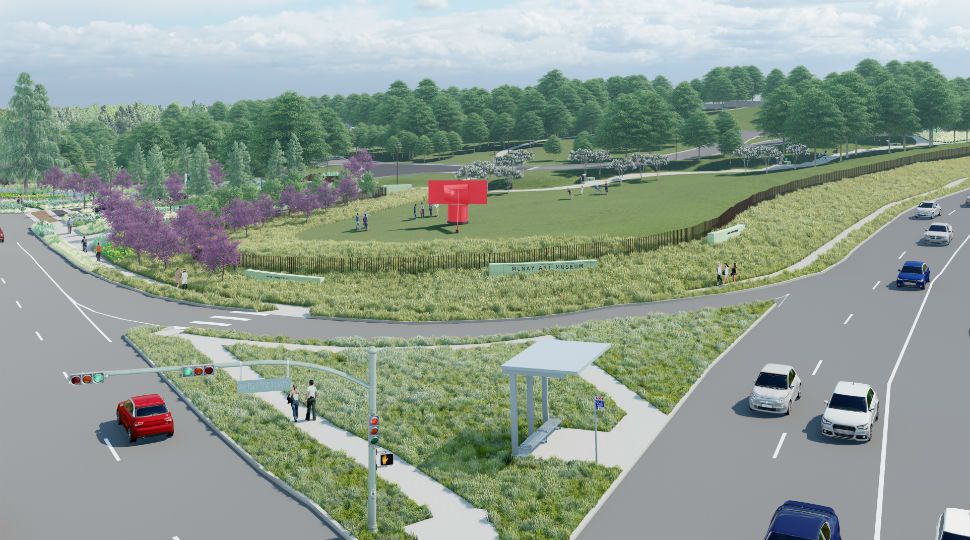NEW BRAUNFELS, Texas -- The McNay Art Museum announced a major expansion effort on Wednesday.
- Will asorb outlying greenspace
- Large sculptures to be relocated
- 10-year beautification fund
The art destination located in New Braunfels revealed renditions of their $6.25 million Landscape Master Plan. The plan will activate and enhance the outdoor experience with additional works of art, “invisible” fencing, new landscaping, and increased accessibility—creating the first modern museum in Texas.
“By physically opening up the McNay to our entire community, we are honoring the legacy of our founder,” said Richard Aste, McNay Director. “During World War II, when our country needed more beauty and inspiration than ever, Marion Koogler McNay shared her home and world-renowned modern art collection with students and soldiers across San Antonio. Seventy-five years later, her commitment to excellence and inclusion have helped position the McNay for the next all-embracing chapter.”
READ MORE | Warhol, Diversity Featured at McNay Art Museum This Summer
Phase I construction is underway and expected to be completed by Spring 2020.
The existing tall hedges along the edge of the property will be replaced with aesthetic fencing and native drought-resistant plantings, creating even easier access to the McNay’s original 1929 residence
As part of the plan, the greenspace at the intersection of Austin Highway and North New Braunfels is being absorbed into the McNay campus. This area will be known as the Mays Family Park in honor of the $2 million gift from the Mays Family Foundation.
The park will feature the Museum’s monumental masterpiece, Ascent, by the Russian-born American sculptor Alexander Liberman, as well as additional outdoor works of art and landscaping that will enhance the overall visitor experience.
The North New Braunfels and Austin Highway entrances will be reimagined with enhanced signage, plantings, walkways, and new roads, creating easier and safer two-way traffic. The stainless-steel Victoria sculpture by Philip Grausman formerly located near the Austin Highway entrance will relocate closer to the Museum entrance.
A 10-year beautification fund is also included in the Phase I project cost to ensure all plantings are maintained for the next decade.
Phase II of the Landscape Master Plan is in early development. Information will be shared publicly when available.
The museum will remain fully open throughout construction and will utilize intermittent entrance detours as needed.




